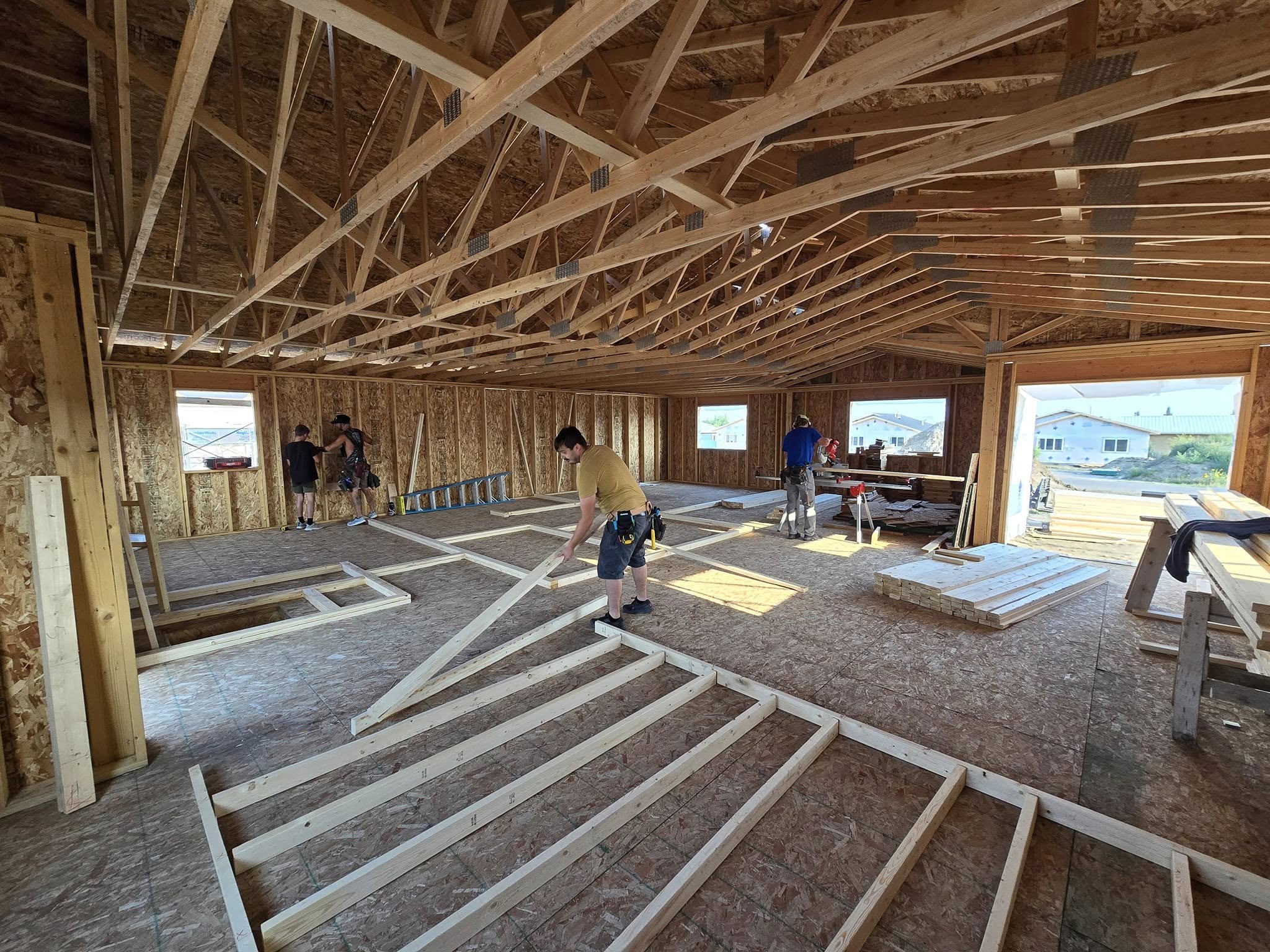Peter Marcuse, a professor emeritus at Columbia’s School of Architecture, Planning and Preservation, and Shelterforce contributor, says that the infusion of private capital in public housing would almost certainly spell a compromise of quality in public housing, and to think otherwise would be an “illusion.”
Marcuse’s analysis was submitted as a reader comment in response to our interview with Sandra Henriquez, HUD’s assistant secretary for Public and Indian Housing. Specifically, he took exception to Henriquez’s assertion that leveraging private capital for public housing, central to the administration’s Preservation, Enhancement and Transformation Rental Assistance program, a voluntary program, would not compromise quality. He says that a market-driven approach flies in the face of the the purpose of public housing.
Marcuse writes:
Public housing was intended to take part of the housing supply out of the market, to have it governed not by the principles of profit and loss but by the principles of service to human welfare. It should not be seen as a real state “asset,” any more than an emergency room is a health care “asset” or a police department is a security “asset,” or a street is a transportation “asset,” or a public school is an educational “asset,” let alone a “real estate asset.” It should be managed efficiently, of course, but the goal is not to reduce to the lowest possible level the amount of public subsidy used in the provision of housing. It is to use what is allocated so as to best provide for the decent satisfaction of those whose housing needs could not be otherwise met.
Henriquez, who before coming to HUD directed the Boston Housing Authority, one of the country’s largest PHAs, illustrated a decidedly business-oriented approach to managing the nation's public housing and rental assistance programs, which assist roughly 3.2 million low-income families. Terming HUD under PETRA as an “asset manager” (and PHAs the property-based managers), Henriquez even said the phrase “public housing” should disappear and become simply “another stop on the affordable housing continuum”:
[PETRA] is really an opportunity to embed the real meaning of “asset management” into the portfolio in its purest sense. This can provide regulatory relief from the onerous, burdensome public housing set of regulations and rules and requirements, [and create instead] something more streamlined, which has got to have value. While that value might be hard to quantify, it can give housing authorities a seat at the table in their communities, speaking the same language as multifamily for-profit and nonprofit owners in the marketplace.
Marcuse does his part outlining the differences between public ownership and private, for-profit ownership, and much of it is reminiscent of the strong rebuttals heard last fall from many who are allies of this administration. A sampling of that backlash was featured in our Summer 2010 issue, where we published several perspectives on PETRA, including Congressional testimony submitted by urban affairs academics (including Marcuse) who worried PETRA represented a formal divestment from public housing.
The PETRA discussion was cooled following the midterm elections, and now, with the 112th Congress bringing a machete to the federal budget, the dialogue has veered toward other matters. However, considering that in the last 15 years, the country has lost about 150,000 public housing units to sale or demolition, on top of another 360,000 privately owned, federally assisted units to expiring use restrictions, we fully expect to see this topic revisited.




Comments